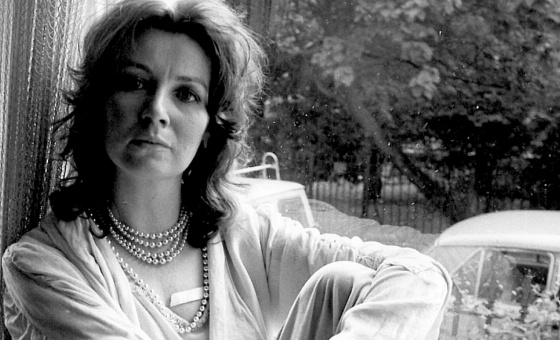This is the last article you can read this month
You can read more article this month
You can read more articles this month
Sorry your limit is up for this month
Reset on:
Please help support the Morning Star by subscribing here
We Are What We Are (15)
Directed by Sam Mickle
4 Stars
This is just the film to follow in the wake of a storm, as the waters wash away the landscape to reveal some frightening sights.
As is the horror film norm, We Are What We Are has hooks a-plenty - threatened children and religious cults among them - embedded within the gore fest.
Although a remake of Jorge Michel Grau's 2010 cannibal indie Somos Lo Que Hay, it certainly brings that film up to date in a flooded Pennsylvania.
Sam Mickle's version is more a metaphor for contemporary capitalism's love affair with US history, particularly the predeliction of the incestuous sects of its founding fathers to consume themsleves.
That's established through flashbacks to 1879, the events all recorded in a family recipe book, which only serves to remind that the US is still haunted by a horrific history.
It gradually becomes clear that we're dealing with carnivores, as the Parker family prepare for "Lamb's Day" after Ma Parker (Kassie DePaiva) suddenly dies of a strange seizure.
So Pa Parker - played to spooky perfection by Bill Sage - has to instruct his daughters Iris and Rose (Ambyr Childers and Julia Garner) to prepare for the meal with their baby brother Rory (Joe Gore).
As Iris prepares the meal there are constant interruptions, such as the investigation of their mother's demise by the coroner (Michael Parks) whose autopsy reveals that she perished from a disease long since believed to have died out.
Other visitors include the hardly recognisable Kelly McGillis as the nosey, vegetarian neighbour and the deputy (Wyatt Russell), who's got his eye on Iris.
While the latter may be a-willing, she's frightened she might bite off more then she can chew, especially with Pa's penchant for wielding a chopper.
Alongside the mystery, Ryan Samuel's eerie cinematography and the realism of the characterisations captivate.
As with the original film, the struggle against superstition and children seeking to resist the constrictions of their past come into focus.
Like many parts of the US, the locale appears locked in time, with only the modern technology indicating that the protagonists' isolation is being invaded.
Like the "good 'ol boys" and daughters of the "revolution" the Tea Party claim to represent, they are clearly a dying breed.
But as the denouement so tellingly reminds us their delusional beliefs - which are almost encoded in their DNA - represent a constant danger.





